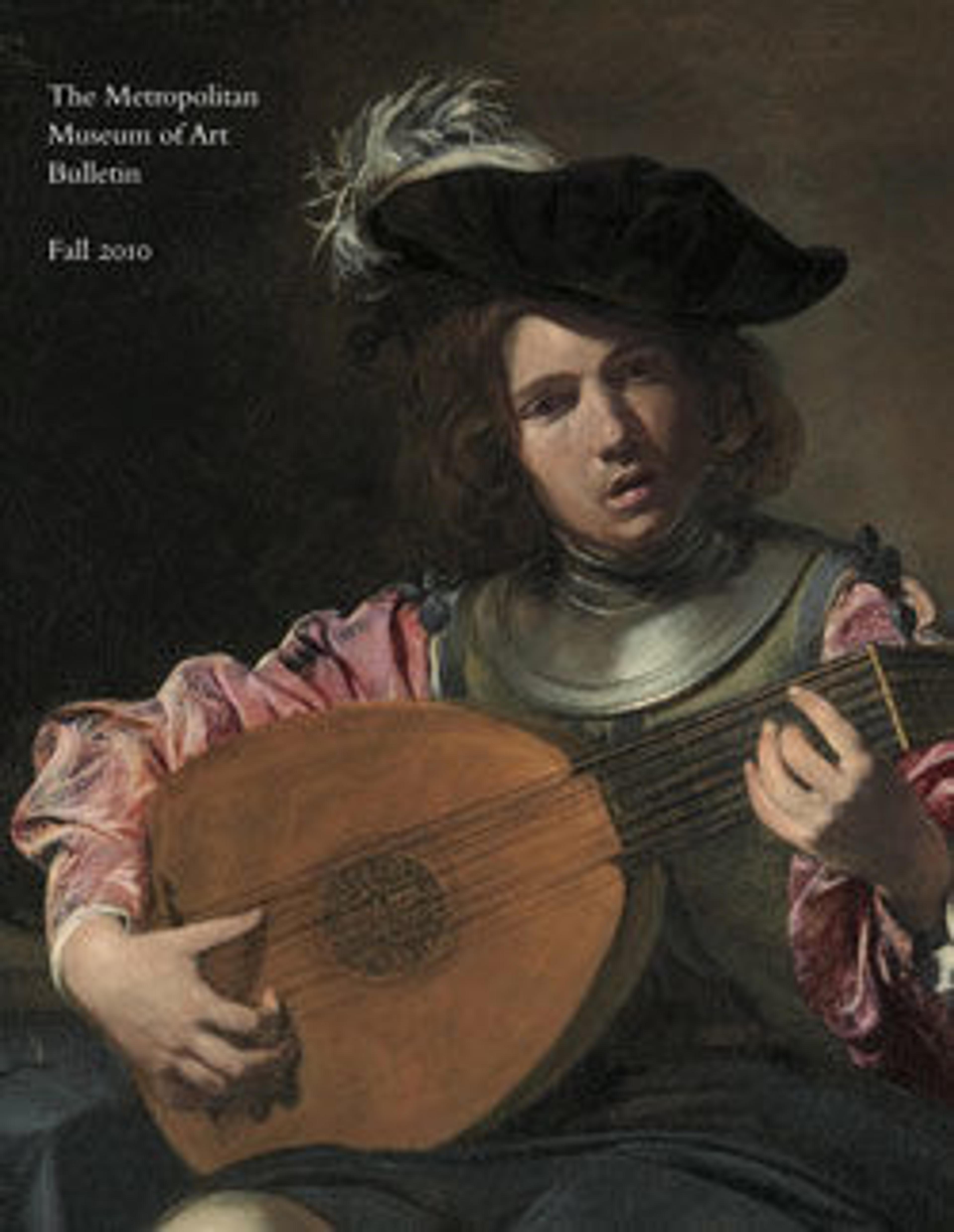Prie-dieu
With its towering silhouette of crocketed spires and pediments combined with pointed arches and myriad slender columns, this prayer stool intended for private devotion fully embodies the Gothic Revival style fashionable in Europe during the middle of the nineteenth century. Commissioned by the Viennese firm of Stammer & Breul to be shown at the 1855 Exposition Universelle in Paris, the nearly nine-foot-tall prie-dieu was clearly inspired by religious architecture of the Middle Ages. It was an ambitious piece for these tabletiers, or dealers who specialized in the sale of small pieces of furniture and luxury goods. A critic reviewing the Paris exposition in "The Ecclesiologist"of October 1855 praised the paper-thin micromosaic surface decoration as “so elaborate that it is said to consist of 2,500,000 pieces, [ which ] throws into the shade our boasted elaborate exiguities of Tunbridge ware.” Once even more colorful, the amazingly fine mosaic technique, usually reserved for the embellishment of small-scale objects such as those produced in the British spa town Tunbridge Wells, further enhances the prie-dieu’s Gothic character with its almost textilelike patterns incorporating trefoil arches, lancets, quatrefoils, and roundels.
Artwork Details
- Title: Prie-dieu
- Maker: Stammer & Breul (active mid-19th century)
- Date: 1855
- Culture: Austrian, Vienna
- Medium: Oak and pine veneered with rosewood, tulipwood, ebony and ebonized wood, and micromosaic decoration of various natural and stained woods; modern silk-velvet; coated brass
- Dimensions: Overall: 107 1/16 x 41 5/16 x 34 1/4 in. (272 x 105 x 87 cm)
- Classification: Woodwork-Furniture
- Credit Line: Purchase, The James Parker Charitable Foundation Gift, 2008
- Object Number: 2008.452a, b
- Curatorial Department: European Sculpture and Decorative Arts
More Artwork
Research Resources
The Met provides unparalleled resources for research and welcomes an international community of students and scholars. The Met's Open Access API is where creators and researchers can connect to the The Met collection. Open Access data and public domain images are available for unrestricted commercial and noncommercial use without permission or fee.
To request images under copyright and other restrictions, please use this Image Request form.
Feedback
We continue to research and examine historical and cultural context for objects in The Met collection. If you have comments or questions about this object record, please contact us using the form below. The Museum looks forward to receiving your comments.
